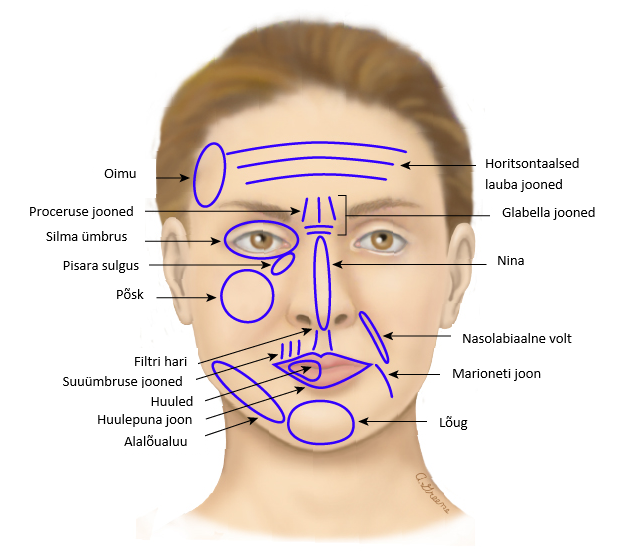What are Dermal Fillers?
Dermal fillers are a non-surgical treatment used to restore a youthful appearance, replace lost soft tissue volume, and fill deeper wrinkles.
Facial aging is associated with several changes:
Loss of skin elasticity and changes in skin tone,
Redistribution and reduction of subcutaneous fat,
Thinning of facial bones.
Fillers help correct these changes and restore natural facial contours.
Who are dermal fillers suitable for?
Fillers are indicated for:
Filling wrinkles and folds,
Restoring facial contours and adding volume,
Correcting scars (including acne scars and scars after trauma or surgery),
Reducing facial asymmetry.
Types of fillers
The most commonly used fillers are hyaluronic acid–based. Their advantages include:
A natural-looking result that integrates well with the tissue,
Slow absorption over time,
A reversible effect (the result can be dissolved if needed).
For a long-lasting outcome, repeat treatments may be necessary.
Scar correction with fillers
Fillers can help improve:
Small atrophic acne scars,
Scarring after removal of skin lesions,
Trauma-related scars.
They also improve the overall texture and smoothness of the skin.
Correction of facial asymmetry
Fillers are also used to treat congenital or acquired facial asymmetries, such as:
Fat loss following trauma,
Parry–Romberg syndrome (hemifacial atrophy),
Scleroderma.
Contraindications
Fillers are not suitable if you have:
Inflammation or infection at the injection site,
Allergy to filler components,
Pregnancy or breastfeeding (safety has not been proven).
Pre-treatment recommendations
Avoid medications and substances that affect blood clotting (such as aspirin, warfarin, vitamin E, and excessive alcohol) for at least 1–2 weeks before the procedure.
This will reduce the risk of bruising.
Aftercare recommendations
Avoid excessive pressure on the treated area.
Refrain from intense facial expressions and strenuous physical activity.
Sleep with your head slightly elevated.
Regular skincare (creams, makeup) can be resumed 24 hours after injections.
Avoid sunbathing and strong UV exposure for at least 2 weeks.
Recovery and results
Mild swelling or bruising may occur after the procedure but usually resolves within a few days.
Results are visible immediately and become more natural over the following weeks.
Depending on the type of filler and individual factors, results typically last 12–18 months.
